The Ultimate Guide to Perfect On-Page SEO Elements
Discover the essential elements for a perfectly SEO-optimized webpage. Learn how to structure content, optimize HTML, and boost rankings with the latest on-page SEO strategies for 2024.
October 16, 2024•7 min read
Contents
SEO is constantly evolving, and in 2024, crafting a perfectly optimized webpage means aligning content with both user needs and search engine algorithms. Whether you're a small business looking to boost your visibility or a web developer wanting to ensure your pages meet current SEO standards, understanding the latest trends and best practices is key to maximizing your ranking potential. In this guide, we’ll walk through each essential component of an SEO-friendly webpage, focusing on elements that help you stand out from the competition while integrating the latest updates in search optimization.
High-Quality Content: The Heart of SEO
High-quality content is the backbone of any well-ranking webpage. The quality of your content should be defined by its relevance, depth, and engagement. Semantic search optimization means you need to consider not only primary keywords but also related terms and concepts to comprehensively address user intent.
Tips for Creating High-Quality Content:
Address Search Intent: Focus on what the user is trying to achieve with their search. Whether they are seeking information, wanting to make a purchase, or looking for a comparison, ensure your content matches that intent.
Structure and Readability: Use short paragraphs, bullet points, and subheadings to make content easy to scan. Users and search engines both appreciate clear structure.
Multimedia Integration: Including images, infographics, and videos improves user engagement, keeping users on the page longer—a signal that can boost rankings.
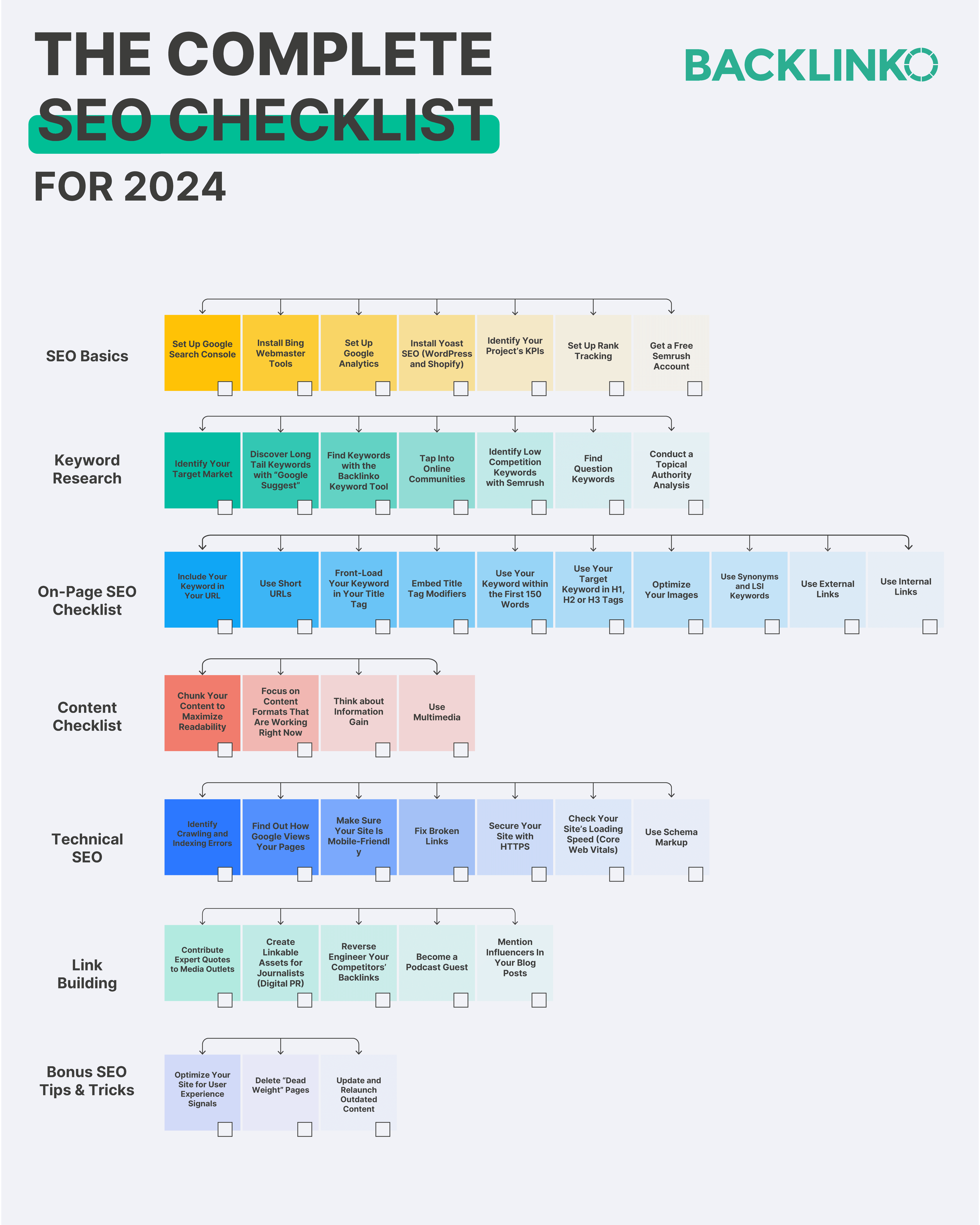
If you're interested in learning more about optimizing content for user intent, be sure to check out our Guide to Semantic Search Optimization that dives into the details of aligning content with user needs.
Keyword Research and Optimization: Going Beyond Basics
Keyword research in 2024 involves more than finding the highest search volume phrases. Instead, focus on long-tail keywords that have less competition but are highly targeted, and semantic keywords that expand on the context of your topic. Targeting these keywords helps your content match user queries more closely.
How to Optimize Keywords:
Primary Keywords in Key Locations: Use your target keyword in the title tag, URL, meta description, and first paragraph.
Latent Semantic Indexing (LSI) Keywords: Incorporate related terms that Google might expect to find in content about your main topic. This helps improve the depth and relevance of your page.
Content Mapping: Use topic clusters to create comprehensive content around a core topic, enhancing internal linking and positioning your page as an authority.
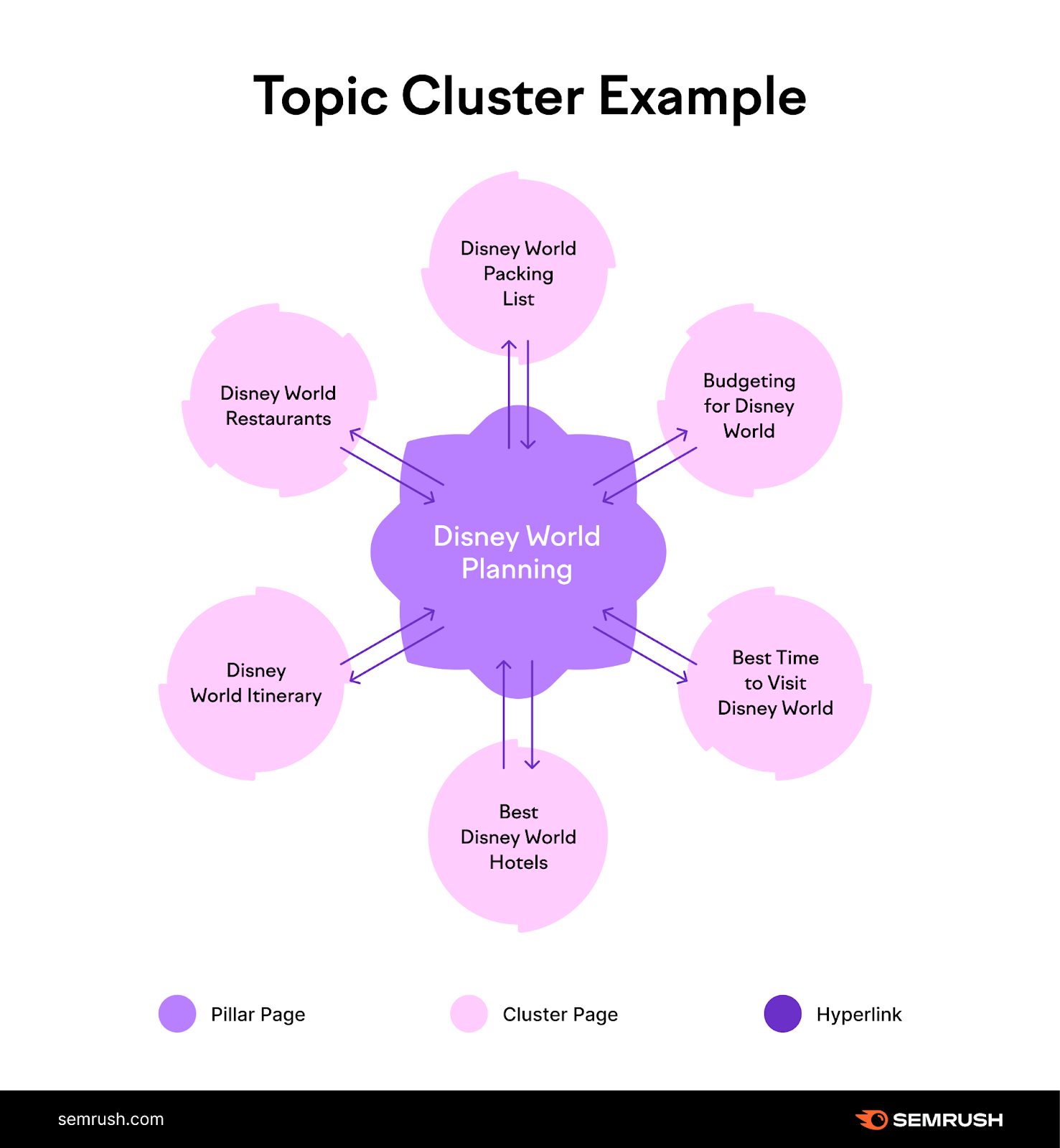
For more in-depth strategies, refer to our Mastering Topical Authority Without Losing Your SEO Ranking article.
Title Tags and Meta Descriptions: First Impressions Matter
Title tags and meta descriptions are crucial for click-through rates (CTR). They form the user's first impression of your page, directly impacting whether someone clicks on your link in the search results.
Best Practices for Title Tags:
Keep It Under 60 Characters: Ensure the entire title is visible on search results.
Include Your Primary Keyword: Place it near the beginning to signal relevance.
Make It Enticing: Use action words or phrases that invite the user to click, such as "Discover," "Learn," or "Guide."
Meta Description Tips:
Use Actionable Language: Encourage users to take action, like "Find out how..." or "Learn the best way to...".
Include Your Main Keyword: While it doesn't directly impact ranking, it reassures users that your content is relevant to their search.
Stay Within 150-160 Characters: Keep it concise to ensure it displays properly on all devices.
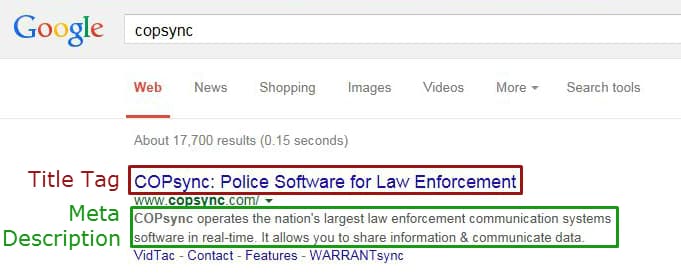
Image Optimization: More Than Just Pretty Pictures
Images can significantly enhance a webpage, but they also need to be optimized for SEO to make a positive impact.
Steps to Optimize Images:
Use Descriptive File Names: Instead of “IMG1234.jpg,” use something descriptive like “blue-running-shoes.jpg.”
Add Alt Text: Alt text is crucial not only for accessibility but also for helping Google understand what the image represents. Make sure it is descriptive and includes relevant keywords.
Compress Images: Use tools like TinyPNG to reduce image file sizes without losing quality, which helps with page load speed—a ranking factor.
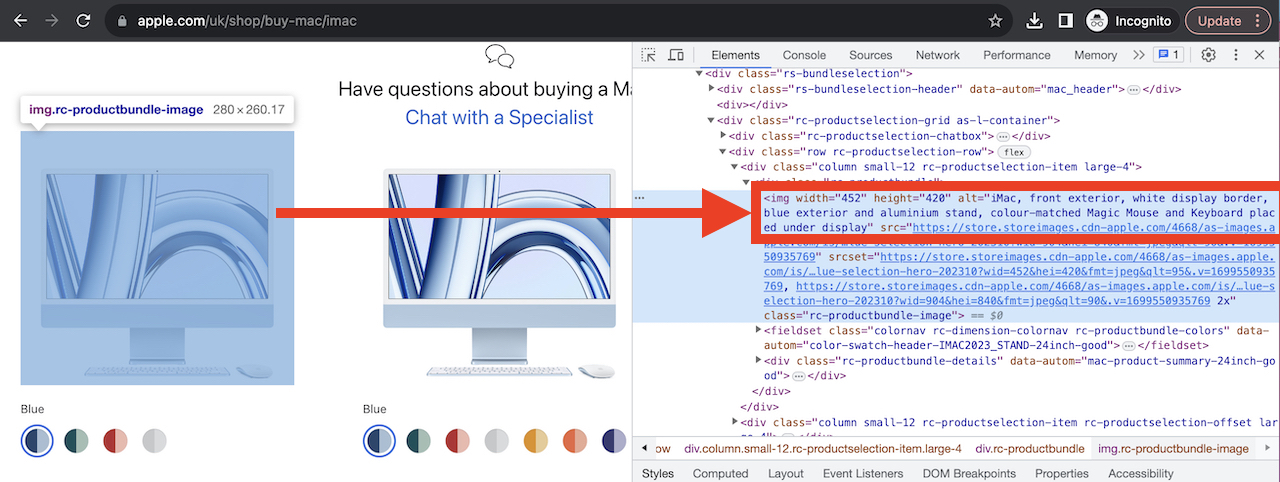
Structured Data and Rich Snippets: Enhance Your Visibility
Structured data (or schema markup) helps search engines understand your content better, leading to rich snippets that stand out in the SERPs. Rich snippets can include star ratings, FAQs, or event information, which makes your page more attractive to users.
How to Use Structured Data:
Add FAQ Schema: This helps your FAQ sections show up as expandable questions in the search results, increasing the chance of a user clicking on your page.
Use Product Schema: If you’re selling items, structured data can help display star ratings and pricing in search results.
Mark Up Reviews: Customer reviews with schema markup can improve your credibility and visibility.
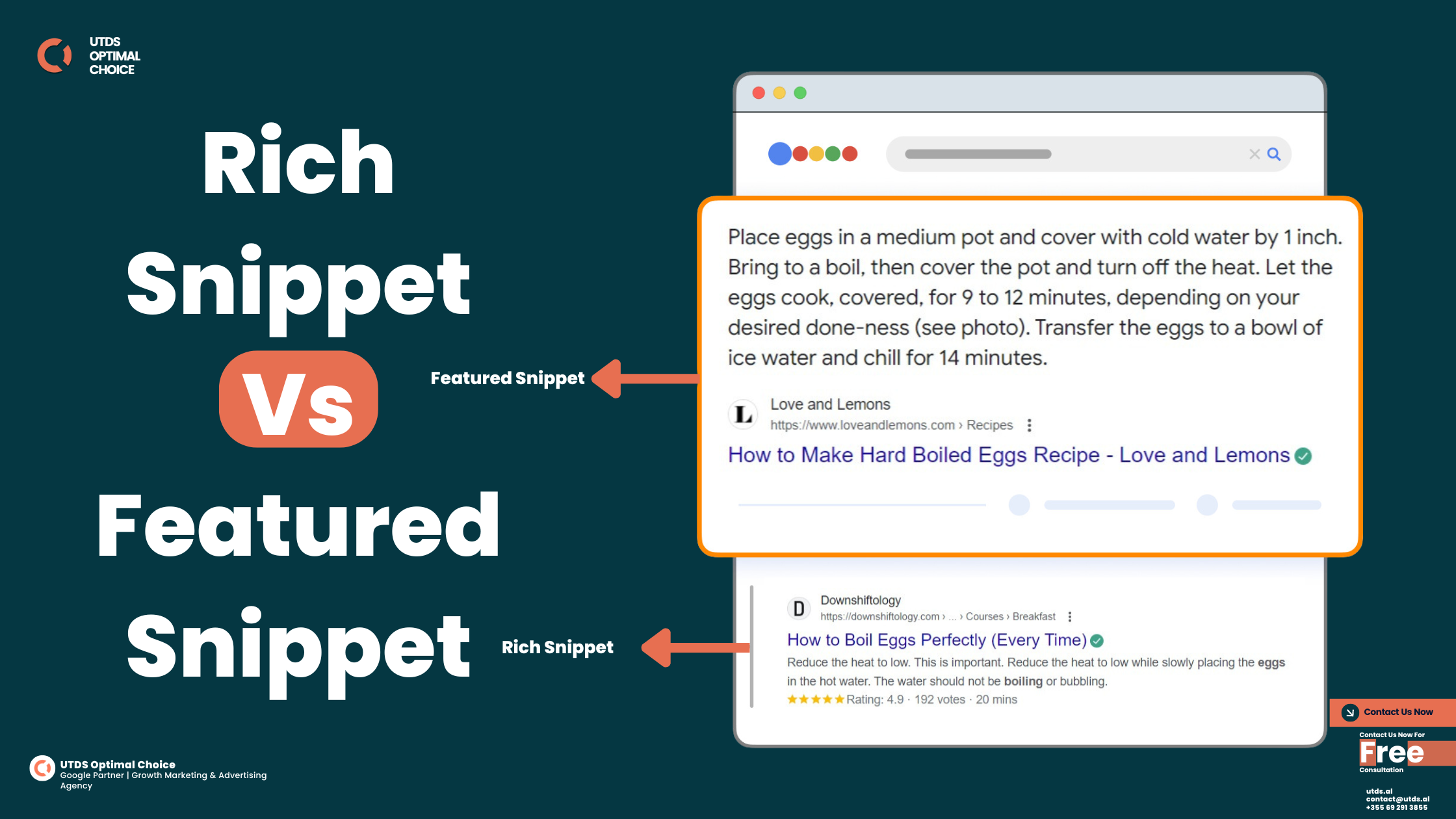
For further guidance on implementing structured data, you can explore our Using Structured Data to Boost E-E-A-T article.
Internal Linking: Building a Strong Site Architecture
Internal linking is essential for helping users navigate your site and spreading link equity between pages. A well-structured internal linking strategy also helps Google understand the relationships between your pages.
Internal Linking Tips:
Link to Related Content: When you mention a topic that you’ve written about in more detail, link to that page. This keeps users on your site longer and shows Google the depth of your content.
Use Descriptive Anchor Text: Make sure the anchor text is descriptive of the page being linked to. Avoid generic phrases like “click here.”
Create Pillar Pages: Build pillar content that links to supporting cluster articles, establishing your authority on a given topic.
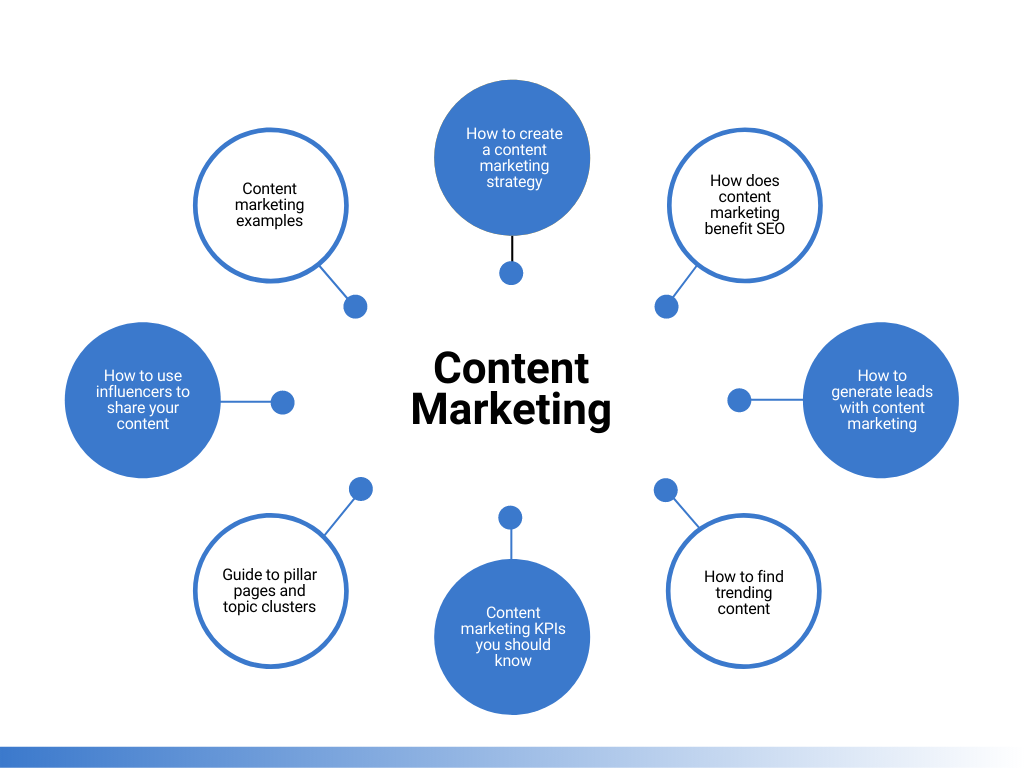
Core Web Vitals and Technical SEO: Keep Your Page User-Friendly
Google’s Core Web Vitals are three specific user experience metrics: Largest Contentful Paint (LCP), First Input Delay (FID), and Cumulative Layout Shift (CLS). They help assess the performance, responsiveness, and visual stability of a webpage.
How to Improve Core Web Vitals:
Optimize Load Time: Compress images, use a content delivery network (CDN), and minify CSS and JavaScript.
Minimize Layout Shifts: Set size attributes for media files and use stable layouts to prevent unexpected shifts.
Reduce Input Delay: Minimize JavaScript execution time to ensure users can interact with your page quickly.
Mobile Friendliness: Catering to a Mobile-First World
Google’s mobile-first indexing means that it primarily uses the mobile version of a webpage for indexing and ranking. Therefore, your page must be fully optimized for mobile users.
Best Practices for Mobile Optimization:
Responsive Design: Use responsive design to ensure your page adapts to all screen sizes.
Clickable Elements: Ensure all buttons and links are easy to click on smaller screens.
Fast Load Times: Page speed is even more important on mobile. Make sure all elements load quickly to prevent users from bouncing.

Creating a perfect SEO webpage in 2024 means paying attention to multiple aspects—from high-quality content and keyword research to technical SEO and user experience. Each element, from structured data to internal linking, contributes to how your webpage ranks and how effectively it meets the needs of your audience. By implementing these best practices, you can ensure that your webpage not only ranks well but also provides a valuable experience for users.
Take these strategies one step at a time, and don't forget to keep testing and iterating. SEO is a continuous journey, and staying updated with the latest changes will help you keep that competitive edge.
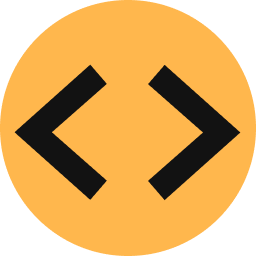
Your Local Web Dev
Website development for small businesses with a focus on SEO using only custom code, never any website builder.
Standard
$200/mo
- - Handwritten Code
- - Mobile-Optimized Layout
- - SEO Integration
- - 5 Tailored Web Pages
- - Hosting & Domain Setup
- - Unlimited Edits
- - 24/7 Support